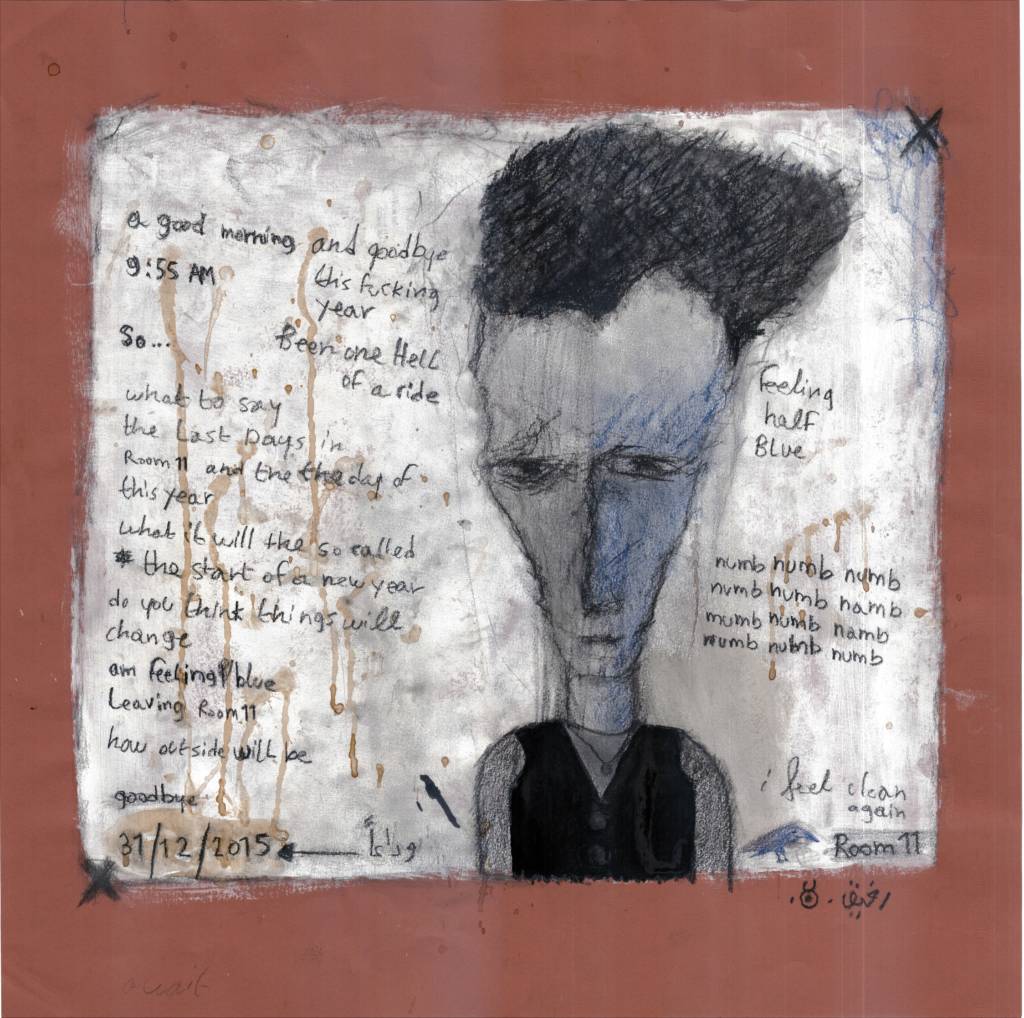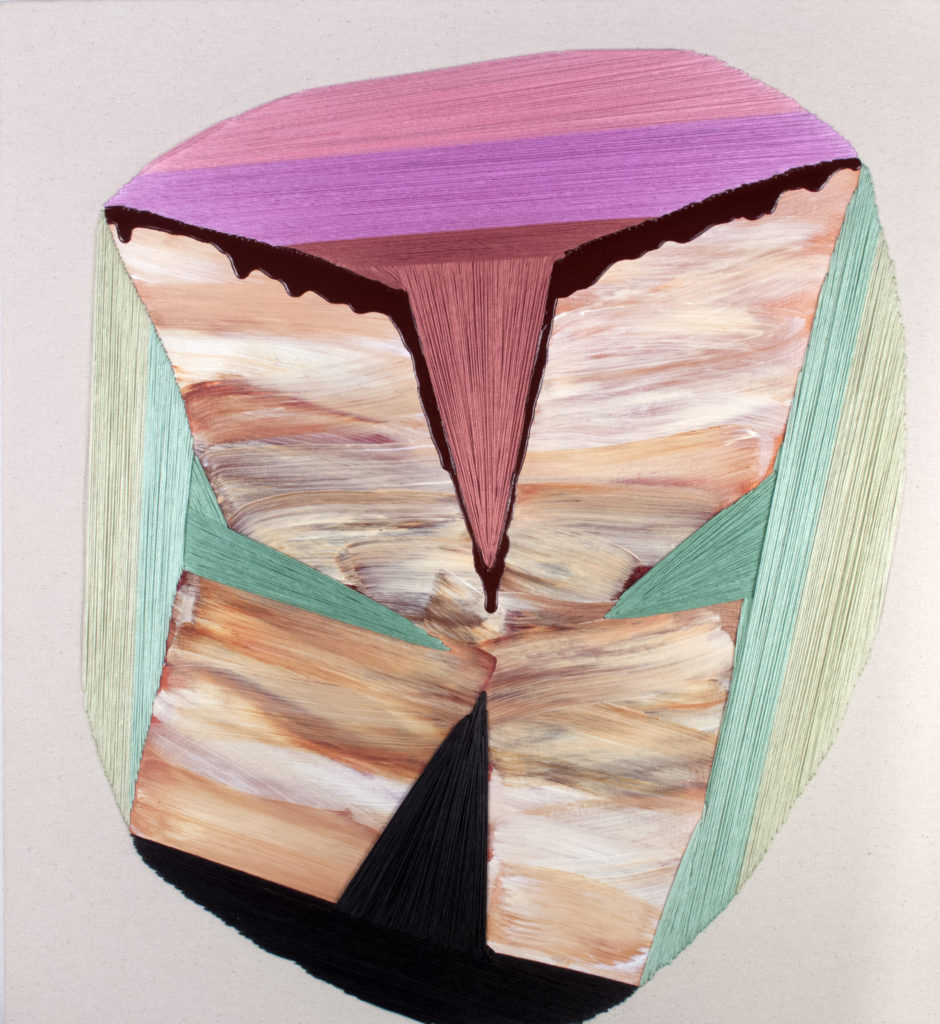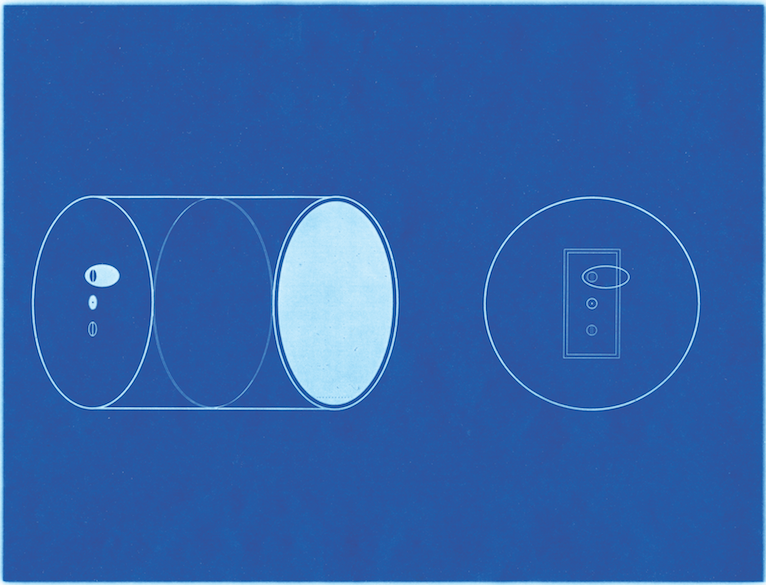![]()
 En Mis Brazos
En Mis Brazos
All posts tagged: Art
From the Jane Doe Series
 Untitled from the Jane Doe Series
Untitled from the Jane Doe Series
From the Room 11 Series

Untitled
From the Room 11 Series
Home Invasion
Images by MARTHA ROSLER
Introduction by DARSIE ALEXANDER

Series of Thought
Images by Michael Mazur and Betsey Garand

Three weeks ago, I had an intimate and frenzied encounter with a wild bobcat as it was chasing my chickens. We locked eyes for a moment, and I quickly glanced down at its large, impressive paws. Tawny, speckled fur contrasted starkly with razor-sharp black claws. It ran off to the edge of the woods, first stopping to glance back at me before disappearing into the thicket. I began to think of a series of intaglio prints that would capture the essence of this feral fury.
The Radical Familiar: Matisse’s Early Nice Interiors
The paintings may be best known for what they are not. They were made on the heels of work now considered Matisse’s most groundbreaking, the paintings from the period between 1907 and 1917 when he engaged with the early perceptions of modernism. His trajectory through these years widened his ambitions and shows him becoming more cutthroat within them, first leaving behind the saturated exuberance of fauvism, then, by degrees, flattening color and form into strange and austere near-abstractions.
Under Current: Tidal Pull

Where do your shapes come from? This is a common question I encounter.
I dislodge shapes stored in my body through the act of drawing. These shapes originate from a vast matrix of experiences. There are typically three categories of overt reference: art and archeological objects I seek out through research and travel; landscape; and direct physical experiences (floating on a lake, running in the woods, dance, aging, sex).
Rico Gatson: Selections
By RICO GATSON

Introduction by David E. Little
What was required was a new story, a new history told through the lens of our struggle.
—Ta-Nehisi Coates
They say there’s nothing harder than hitting a fastball. In America, clichés on the difficulty of sports abound. But how to describe the challenges of art?
Millennium Camera

Jonathon Keats has been described by The New Yorker as a “poet of ideas.” Keats’s latest project is the Millennium Camera, a custom-built pinhole camera with a one-thousand-year exposure time that will remain inside Amherst College’s Stearns Steeple until 3015. In May 2015, the college’s Mead Art Museum documented the intellectual and material creation of Keats’s camera, displaying its blueprints and predecessors alongside the camera itself in an exhibition titled Jonathon Keats: Photographing Deep Time. To commemorate the opening of the exhibition, Keats spoke with Vanja Malloy, the Mead’s curator of American art, about deep-time photography and about the rapidly changing nature of humanity’s relationships with its environment and its descendants. This essay has been adapted from that conversation.
The Story Behind the Scenes
By MORGAN ADAMS

I
I take the number 25 bus from Piazza San Marco north into the hills and get off at La Pietra—a stone marking one Roman mile from Florence. Behind the imposing gate, Villa La Pietra waits at the top of the long drive lined with Tuscan cypress trees.[1]This fifteenth-century villa is the centerpiece of a fifty-seven-acre estate of Renaissance-revival gardens,a vast art collection, a library of over twelve thousand volumes, and olive groves with views of the Duomo.










